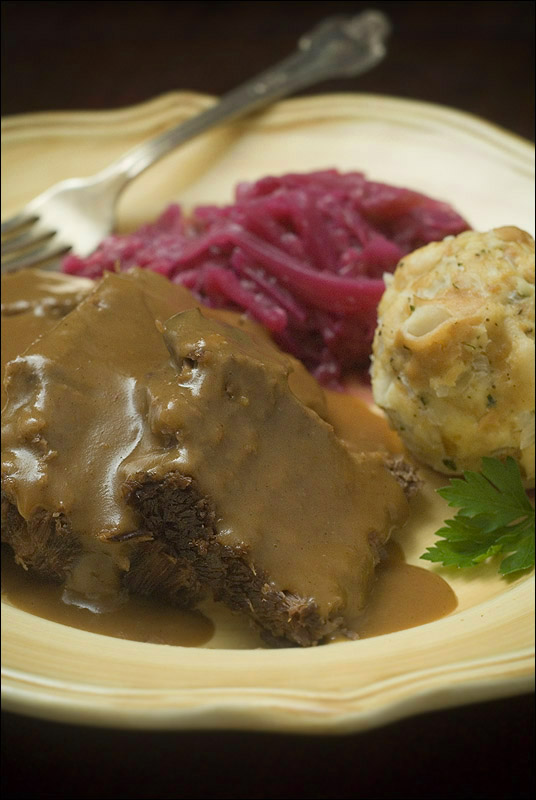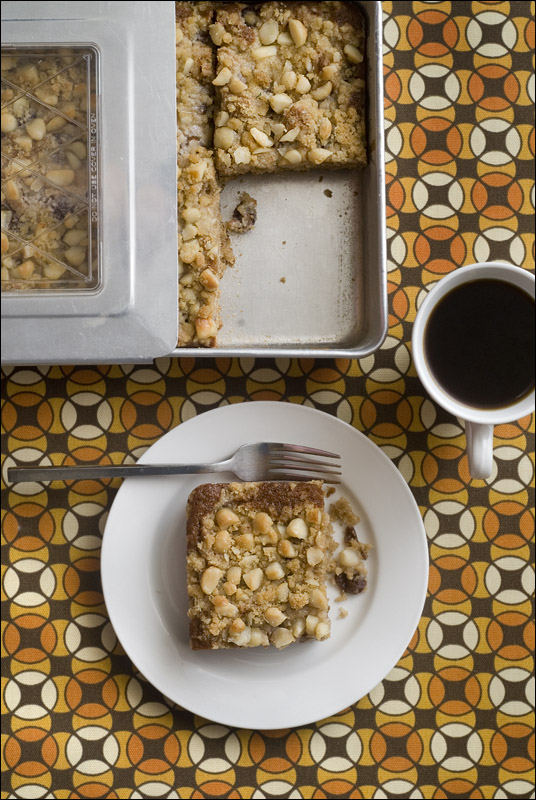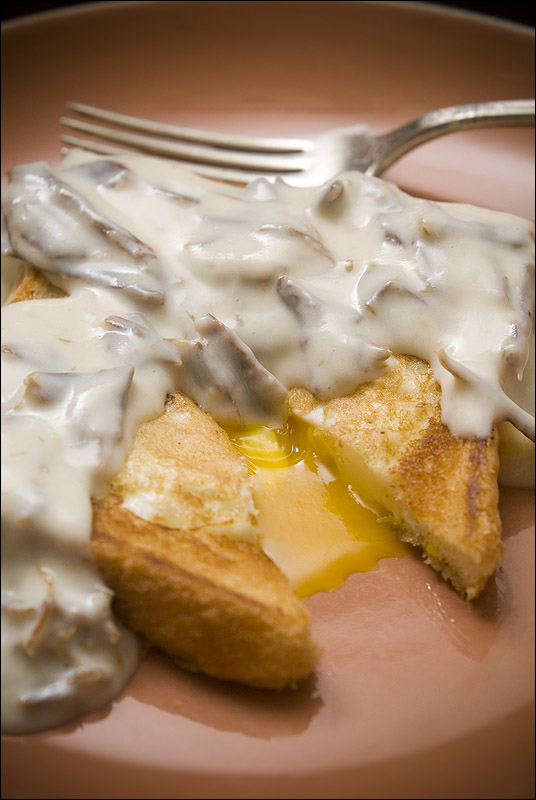 |
| Sauerbraten, with semmelknodel and rotkohl. © Ryan Schierling |
Friday night cooking show / with a horse meat dish / I had to stay in the freezer / all Thursday eve talking to that horse – The Dead Milkmen, "Dean's Dream"
I've never been known to skimp when it comes to the authenticity of a dish, but I swear there was no horse involved in this meal. Historically though, horse meat (or venison) was used when preparing sauerbraten. Maybe horse is how they did things in Germany when it's longingly, nostalgically referred to as the "old country," but I'm betting they go for das Rindfleisch nowadays.
This is a traditional meal that your Oma might cook from her grandmother's recipe cards, that you – being four generations removed from the Fatherland – give a wrinkled nose and a sideways glance before pushing it around on your plate for half an hour because German food is just so… bland.
Really? What do you need? An Oktoberfest oom-pah band, a 72 oz. Spaten and a busty beer wench that looks like the St. Pauli girl slugging you in the belly with a bratwurst brickbat?
Don't be such a tourist. Mass-market ethnic cuisine is so diluted in the United States that we're already beginning to associate the lowest common denominator with authenticity. On The Border = Mexican. Olive Garden = Italian. P.F. Chang's = Chinese. Where do you go for American food? Old Country Buffet?
German food is not easy. Most times, it is not pretty.
It is, for the most part, a heavy, filling cuisine that American restaurants do poorly. It's difficult to find homemade pungent, puckering sauerkraut, fresh caraway-flecked sausages, sinus-imploding mustards... and when's the last time you saw choucroute garnie on a menu? We tried... but disappointed by German fare in Fredericksburg, Texas (a bastion of German-Texan heritage) on more than one occasion, I decided we were going to do this on our own – starting with sauerbraten. I consulted dozens of recipes and tried to distill the essence of what really made sauerbraten so special. What were the historic similarities? What were the regional differences? Why were there differences?
When the roast went into the Dutch oven to brown, the olfactory nostalgia began. Adding the marinade the beef had rested in for the last three days filled the kitchen with a memory for me. I don't know if I really recall eating sauerbraten as a child, but if I did, it was probably at a Schierling family gathering and the preparation smelled exactly like this – rich, savory, sweet and full of red wine and vinegar.
All afternoon the house felt like Fall married with the scent of comfort food, and I couldn't wait to tuck into a plate of beef and gravy.




